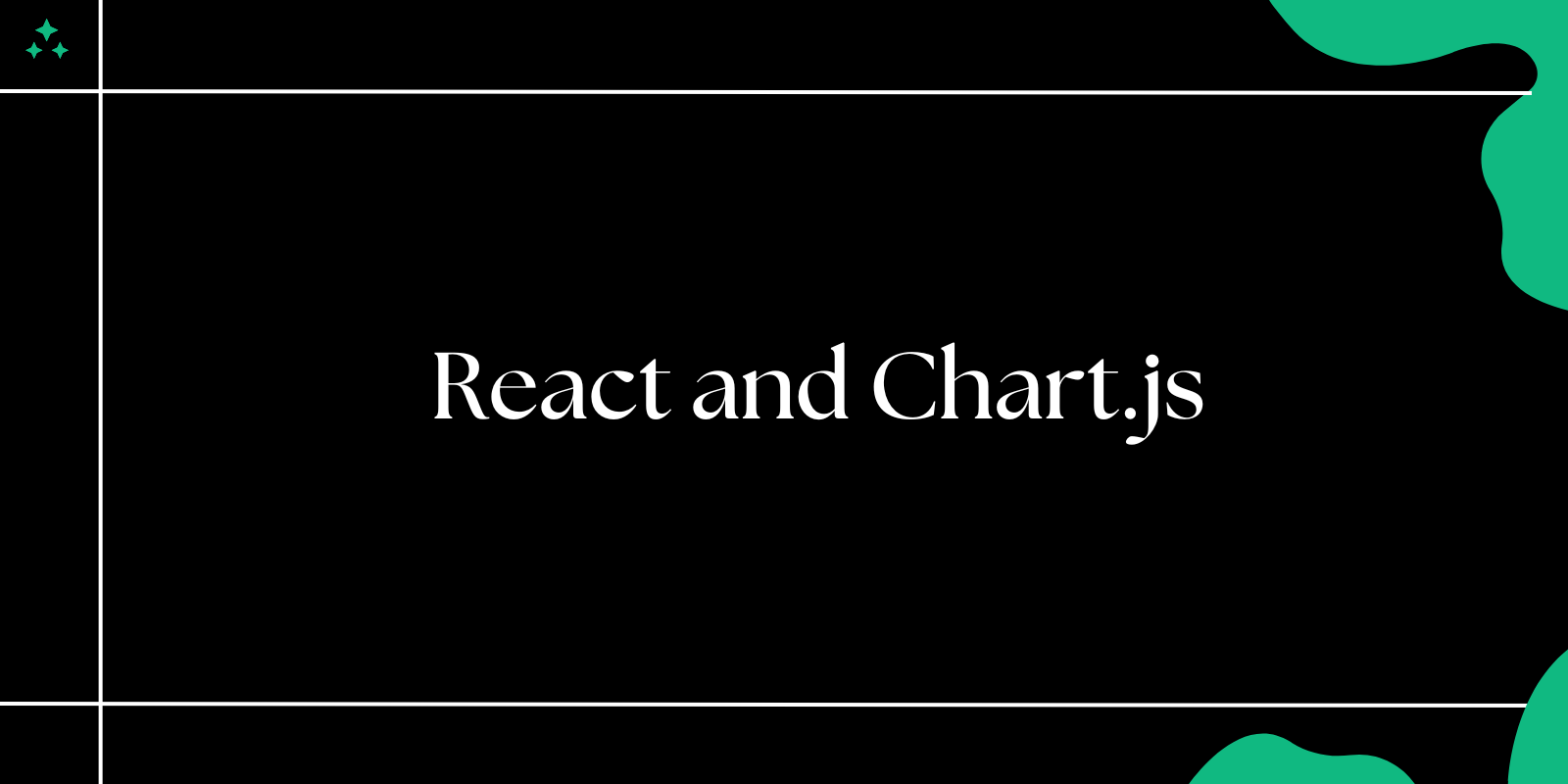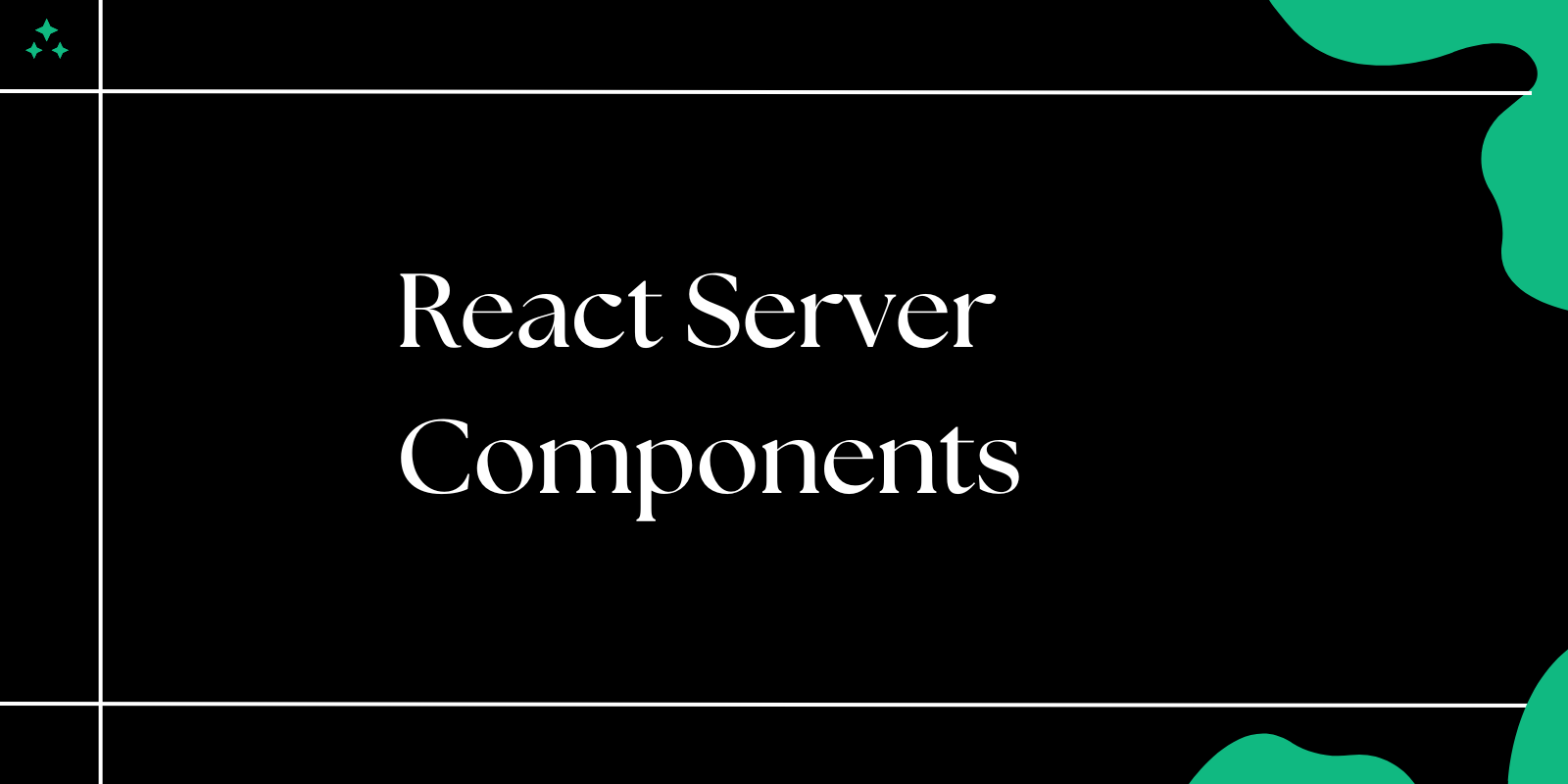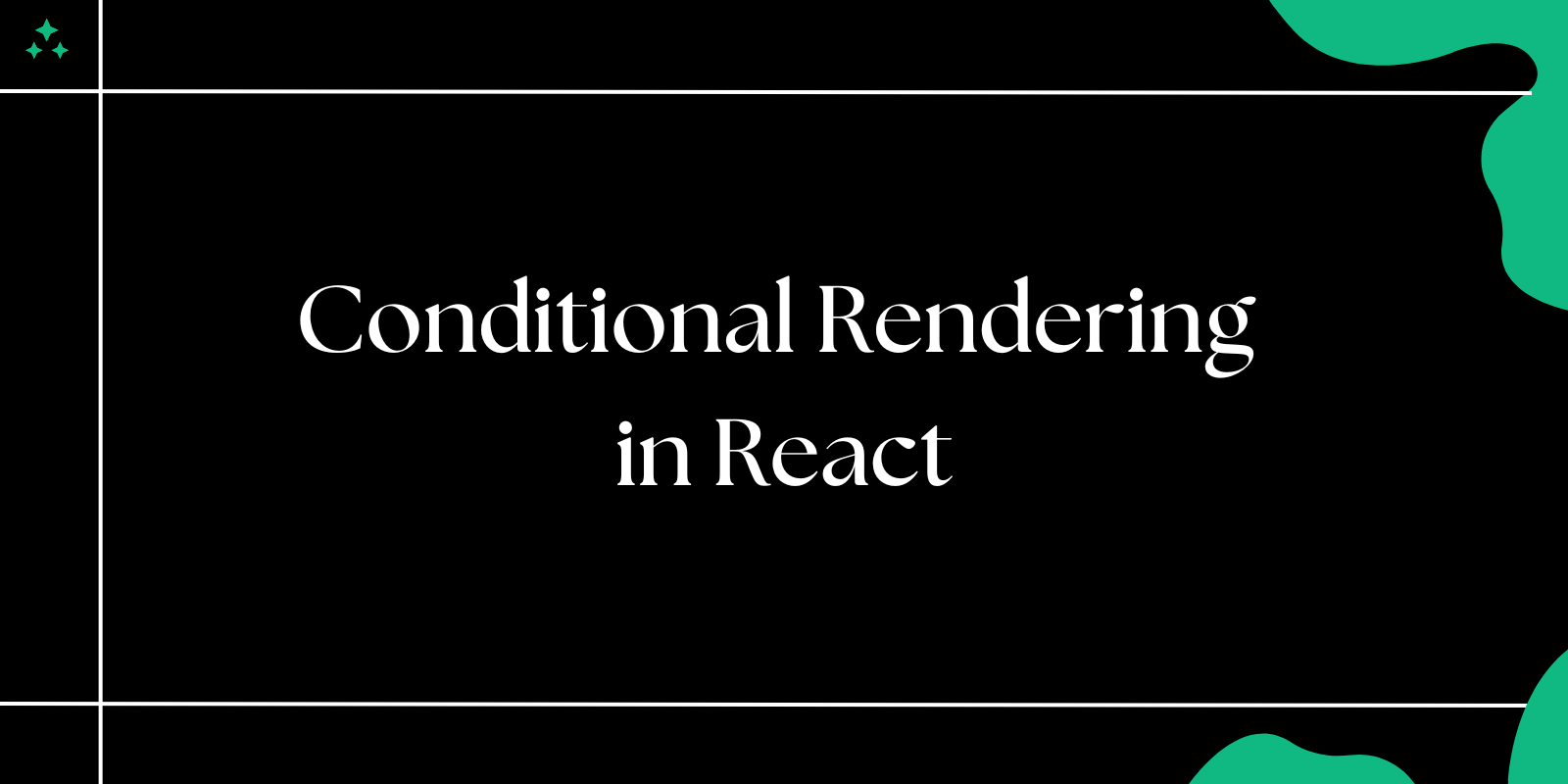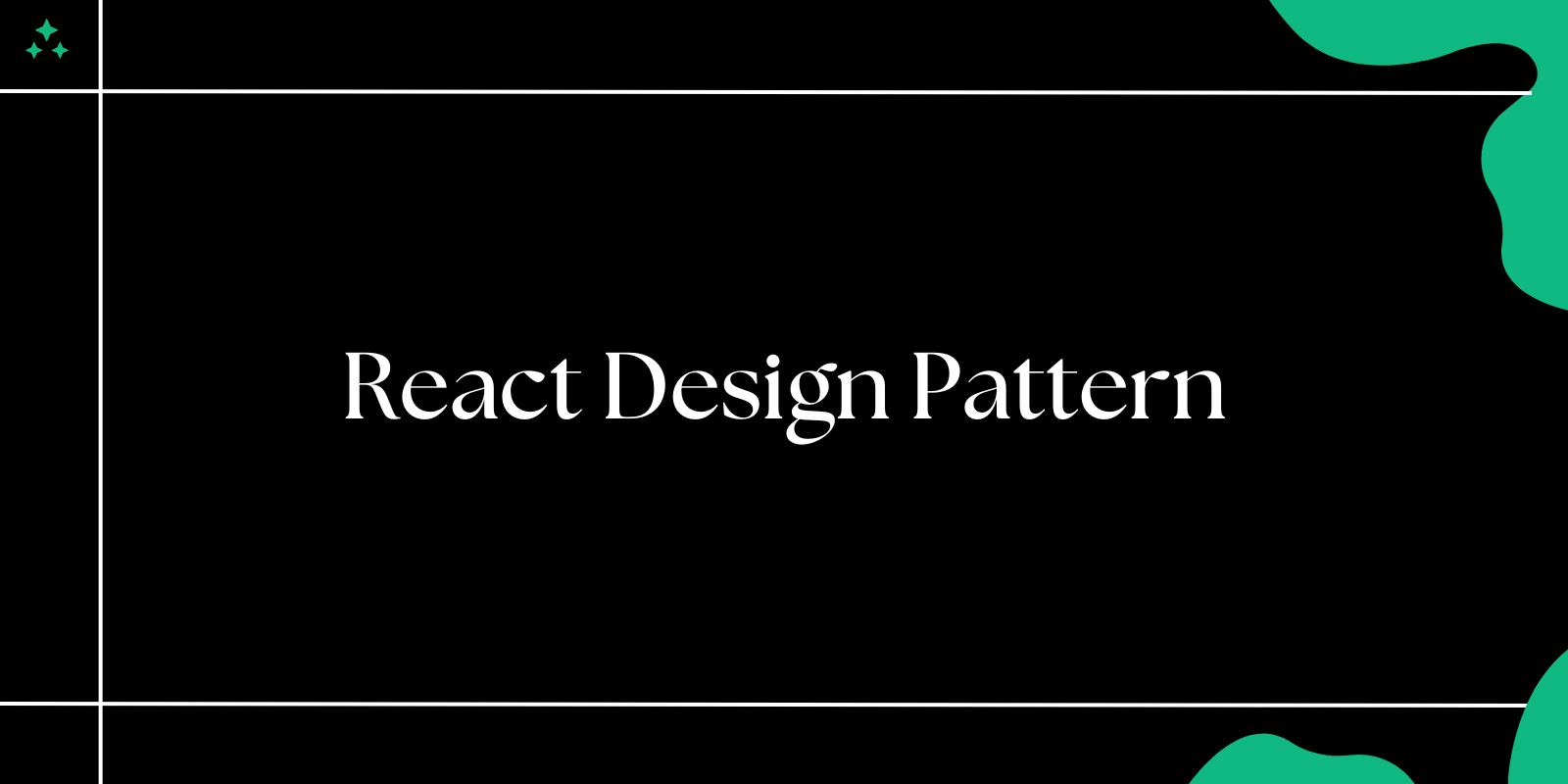Introduction
In the world of modern web applications, data visualization is key to delivering insights effectively. With React's component-based architecture and Chart.js, a popular library for creating charts, you can build interactive and stunning data visualizations seamlessly.
This guide dives into how to integrate Chart.js with React, providing step-by-step instructions, practical examples, and best practices.
Why Choose Chart.js with React?
Chart.js is a lightweight and flexible library for creating charts. When combined with React, it offers the following benefits:
- Rich Chart Types: Supports bar, line, pie, radar, polar, and more.
- Interactivity: Provides animations, tooltips, and dynamic updates.
- Ease of Use: Minimal configuration with powerful customization options.
- Responsive Design: Adapts charts for all screen sizes.
Setting Up Chart.js in a React Project
1. Create a React Application
If you don’t have a React project yet, create one using:
npx create-react-app react-chartjs-demo
cd react-chartjs-demo
2. Install Chart.js and react-chartjs-2
The react-chartjs-2 package provides React components for Chart.js.
npm install chart.js react-chartjs-2
Building Your First Chart
1. Import Chart Components
In your App.js or a dedicated chart component, import the necessary modules:
import React from 'react';
import { Line } from 'react-chartjs-2';
2. Define Chart Data and Options
Define the data and configuration options for your chart:
const data = {
labels: ['January', 'February', 'March', 'April', 'May'],
datasets: [
{
label: 'Sales',
data: [30, 45, 60, 75, 90],
fill: false,
backgroundColor: 'rgba(75,192,192,0.2)',
borderColor: 'rgba(75,192,192,1)',
},
],
};
const options = {
responsive: true,
plugins: {
legend: {
position: 'top',
},
tooltip: {
enabled: true,
},
},
};
3. Render the Chart
Use the Line component to render the chart:
const LineChart = () => {
return <Line data={data} options={options} />;
};
export default LineChart;
Finally, use the LineChart component in your App.js:
import React from 'react';
import LineChart from './LineChart';
function App() {
return (
<div className="App">
<h1>React and Chart.js Demo</h1>
<LineChart />
</div>
);
}
export default App;
Creating Dynamic Charts with Props
Pass data dynamically to your chart component using props:
Dynamic Chart Component
import React from 'react';
import { Bar } from 'react-chartjs-2';
const DynamicChart = ({ chartData, chartOptions }) => {
return <Bar data={chartData} options={chartOptions} />;
};
export default DynamicChart;
Passing Data Dynamically
import React from 'react';
import DynamicChart from './DynamicChart';
const App = () => {
const data = {
labels: ['Sun', 'Mon', 'Tue', 'Wed', 'Thu', 'Fri', 'Sat'],
datasets: [
{
label: 'Weekly Traffic',
data: [100, 200, 150, 300, 250, 400, 350],
backgroundColor: 'rgba(54, 162, 235, 0.6)',
},
],
};
const options = {
responsive: true,
};
return (
<div>
<h1>Weekly Traffic Analysis</h1>
<DynamicChart chartData={data} chartOptions={options} />
</div>
);
};
export default App;
Enhancing Interactivity with Events
You can add event handlers to enhance interactivity. For instance, you can capture click events on chart elements:
Handling Click Events
import React from 'react';
import { Pie } from 'react-chartjs-2';
const ClickableChart = () => {
const data = {
labels: ['Red', 'Blue', 'Yellow'],
datasets: [
{
data: [300, 50, 100],
backgroundColor: ['#FF6384', '#36A2EB', '#FFCE56'],
},
],
};
const handleClick = (event, elements) => {
if (elements.length > 0) {
const index = elements[0].index;
alert(`You clicked on ${data.labels[index]}!`);
}
};
return (
<Pie
data={data}
options={{
onClick: handleClick,
}}
/>
);
};
export default ClickableChart;
Best Practices for React and Chart.js Integration
- Keep Data and Options Separate: Store chart data and options outside the component for better reusability.
- Use React Hooks: Manage dynamic updates with hooks like
useStateanduseEffect. - Optimize Performance: Avoid unnecessary re-renders by memoizing the chart data.
- Leverage Plugins: Extend functionality using Chart.js plugins for advanced features.
Conclusion
Integrating Chart.js with React unlocks the potential to create powerful and interactive data visualizations effortlessly. Whether you’re building dashboards, reports, or analytics tools, this combination offers the flexibility and performance needed for modern applications.
Start experimenting with Chart.js in your React projects today and elevate your data visualization game!



